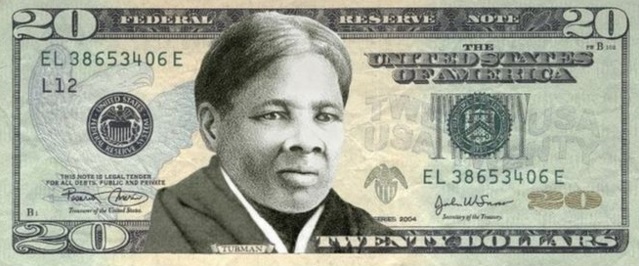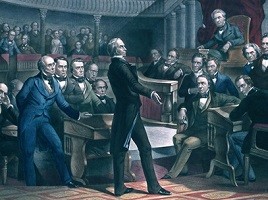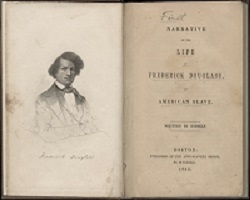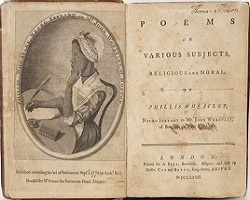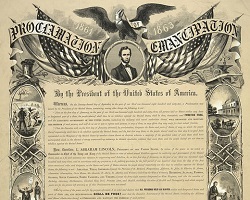Harriet Tubman in the $20 Bill
Harriet Tubman was the most famous conductor of the Underground Railroad helping around 300 slaves escape, risking her live in every operation. Tubman also served as a spy and scout in the Civil War.
On April 2016 the US Treasury announced that a new design of the $20 bill will have the portrait of Harriet Tubman on the front. The image of Andrew Jackson, who had been featured on the bill since 1928, will be removed from the bill because of his policy against Native Americans.
The new bill design that was expected to be made public in 2020 is expected to be unveiled in 2030. The currency is being redesigned for counterfeiting issues. The original date was timed to commemorate the 100th anniversary of the 19th Amendment which granted women the right to vote.
How did it start?
In June 2015 the Treasury Department initiated a campaign to include a woman in the redesign of the $10 bill. They received millions of responses. Admirers of Alexander Hamilton worried that he would be displaced from the $10 bill. Hamilton was the first Secretary of the Treasury from 1789 to 1795 and is recognized as the father of the U.S. economic system leading in the establishment of a national bank, funding to states’ debts by the Federal Government, tariffs and trade relations. Hamilton is one of the two non-presidents featured in US Dollar bills, the other one is Benjamin Franklin on the $100 bill.
After consultations with the public the Treasury Department decided to keep Hamilton in the front of the $10 bill and in the back include the leaders of the suffrage movement such as Lucretia Mott, Alice Paul, Elizabeth Cady Stanton, Susan B. Anthony and Sojourner Truth. They also decided to redesign the $20 bill featuring Harriet Tubman whose heroism reflects American values and the power of an individual to make a difference.
After all, Tubman’s portrait will be in more US pockets as the $20 bill’s circulation volume totals 11.9 billion compared to $10 bills at 2.3 billion (as of December 2021), according to the U.S. Federal Reserve Board.
Interesting articles
Why is Benjamin Franklin in the $100 bill?
